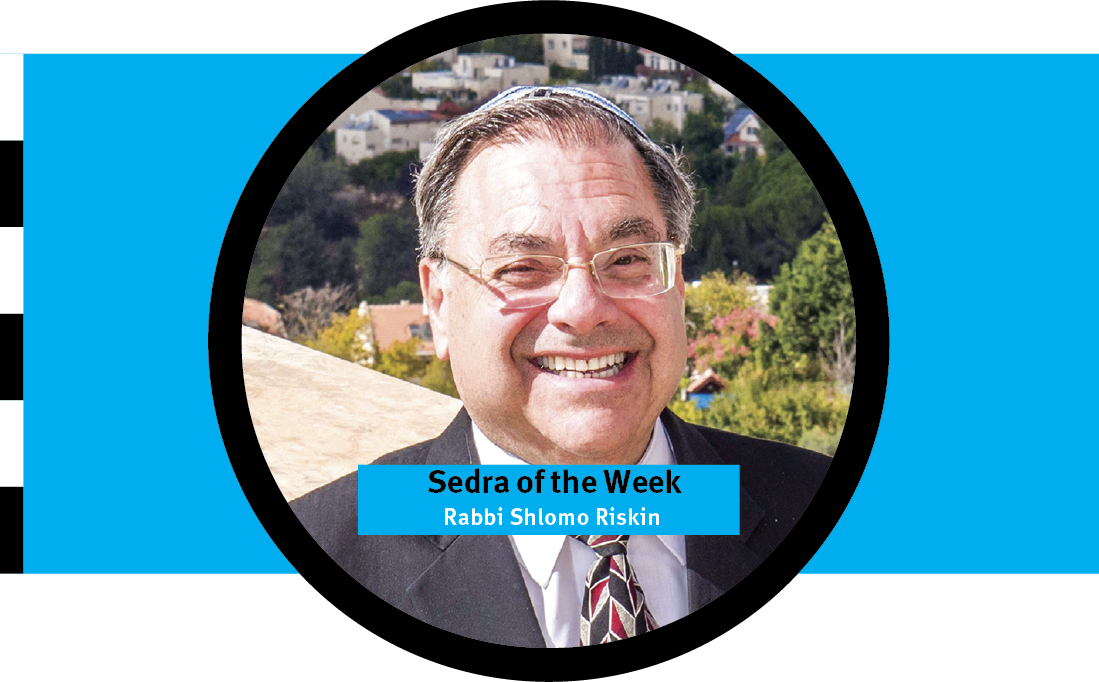Efrat, Israel – “Sing all of you unto the Lord…” [Ex 15:21].
The miracle at the Re(e)d Sea was expressed through song: the song sung by Moses and the Children of Israel and the song sung by Miriam with all of the women, amid drumming and dancing.
The miracle of the revelation at Sinai was expressed through words: “And Moses descended to the nation and he said unto them, ‘And God spoke all these words, saying…’” (Exodus 19:25, 20:1).
Song and music enter the heart and soul, whereas speech and words speak to the mind, the brain. Song and music create emotions, feelings; while speech and words create understanding and cognition. Song and music develop spirituality and faith; speech and words develop intellect and knowledge. Song and music lead to the wisdom of the heart; speech and words lead to the wisdom of the mind.
Song and music produce religious prophets; speech and words produce learned sages. Song and music can touch every individual deeply and profoundly. Speech and words can only move those with an intellectual background and innate ability.
Song and music reach out to all — as a group experience, inclusive, with everyone joining in. Speech and words — meant for one who understands — are a teaching experience, an exclusive experience in which the most learned dominate.
Hence, Moses sings at the Red Sea, but it is a song-speech; Moses is a master of words and speech, not of music and song. Hence, our Sages delay the timing of his song to the Messianic Age. Only then, “Moses will truly sing” (Talmud, Sanhedrin 91b). Now, at the Red Sea, Moses speak-sings and he, the teacher, speaks alone, after which everyone repeats the lesson in unison.
“Moses and the children of Israel after him.”
But Miriam sings with the beat of the drums. She responds to the miracle together with, and at the same time as, all the other women, in the united group experience of ecstatic joy. “And Miriam responded along with them, ‘Sing all of you unto the Lord…’” (Ex 15:21) Song and music lead to movement, dance and human embrace. Words and speech lead to meditation, books and authoritative judgments. Song and music lead to the drum of the rhythmic heartbeat.
Words and speech lead to the staff of the ruler and judge. Hence, Moses left a legacy of a Book of Books and a Code of Laws and Commandments, while Miriam left a legacy of a well from which poured living spring waters of regeneration and rebirth.
And as the sea is song-speech, the mountain is the speech-song. The entire nation saw the sounds of Sinai; they saw the words, they saw the cantillations and the musical notes, they heard the music within the commandments, and they felt the love within the laws.
A story is told that at a bitterly cold seuda shlishit (third meal of Shabbat), the Alter Rebbe, Rabbi Shneur Zalman of Liadi (1745-1812) was sitting with his hassidim when he instructed his beadle to go outside into the snow and bring in a teenage boy who was looking and listening through the icy windowpane. “But he is only a young Russian peasant,” said the beadle. “He is a Yiddishe neshama [Jewish soul],” the rebbe replied.
The young man was seated next to the rebbe. When the rebbe asked him who he was and where he came from, the boy explained that his Russian-Christian parents had found him one morning on their doorstep.
They had brought him up as their son and taken him to church every Sunday – but he had always felt drawn, as if by a magnet, to Jews and Judaism. “You were left by Jewish parents escaping a pogrom; you are a Jew with a Yiddishe neshama,” explained the rebbe.
The rebbe began to speak words of Torah, transporting his hassidim to exalted, supernal heights. “Do you understand?” he asked the boy in Russian. “No, I don’t understand,” the boy replied. The rebbe began to give an involved analogy, a story within a story within a story. “Do you understand now?” he asked. “No, I don’t understand,” the confused boy replied. Whereupon the rebbe began to sing a nigun – a tune without words. He sang, his hassidim sang, he clapped his hands and his hassidim clapped their hands.
And then they all rose, clasped hands, linked arms and danced rapturously around the holy ark. And the boy also sang, danced and clapped his hands. With tears streaming down his face, he cried out, “Now I understand, I understand everything, the Torah and the analogy too!” We must join the staff of Moses to the drums of Miriam, the song-speech of the sea to the speech-song of the mountain, the lovingkindness of Miriam’s well to the laws of Moses. Moses’ commandments, the wisdom of the heart, must be joined to the hermeneutic interpretations of the mind. Then everyone will understand everything.
Shabbat Shalom
Rabbi Shlomo Riskin
Founder & Rosh Yeshiva,
Ohr Torah Stone
Founding Rabbi of Efrat





